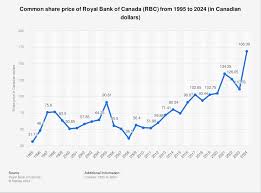
Introduction
Serbia, a country in Southeast Europe, serves as a crossroads between Eastern and Western cultures. Recent developments in Serbia are gaining international attention as the nation navigates complex economic and political landscapes. Understanding these changes is crucial for grasping the trajectory of this dynamic Balkan state.
Economic Growth and Challenges
In the past few years, Serbia has experienced significant economic growth, with its GDP rising by 7.5% in 2021 and a projected growth of around 4.2% for 2023. Notably, investments in technology and manufacturing have increased, making Serbia an attractive destination for foreign investors.
One of the key drivers of this economic success is the country’s strategic location, which enables easier trade routes to both Europe and Asia. Additionally, Serbia has been working to improve its business climate by implementing reforms that ease regulations and taxation for businesses.
Despite these positive indicators, challenges remain. The unemployment rate, though improving, still hovered around 10% as of early 2023, and inflation has started to rise due to global supply chain issues exacerbated by the ongoing conflict in Ukraine.
Political Landscape and International Relations
On the political front, Serbia is grappling with a myriad of issues including the question of Kosovo’s independence, which continues to be a point of contention. The ongoing negotiations between Serbia and Kosovo, facilitated by the European Union, are fraught with difficulties but crucial for Serbia’s aspirations to join the EU.
Recently, diplomatic relations between Serbia and Russia have also come under scrutiny as Serbia seeks to balance its historical ties with Moscow against the backdrop of Western integration efforts. As Serbia navigates its path towards EU membership, it faces pressure to align its foreign policy with that of the EU, which has implications for trade and political cooperation.
Conclusion
In conclusion, Serbia stands at a crossroads, facing opportunities for growth while negotiating complex political relationships. The country’s continuing economic recovery, coupled with its evolving international standing, will significantly shape its future. For international investors and policymakers, monitoring Serbia’s developments will be essential as the country positions itself strategically within Europe and beyond. Serbia’s path forward will likely be marked by both challenges and opportunities as it works to solidify its place on the global stage.

